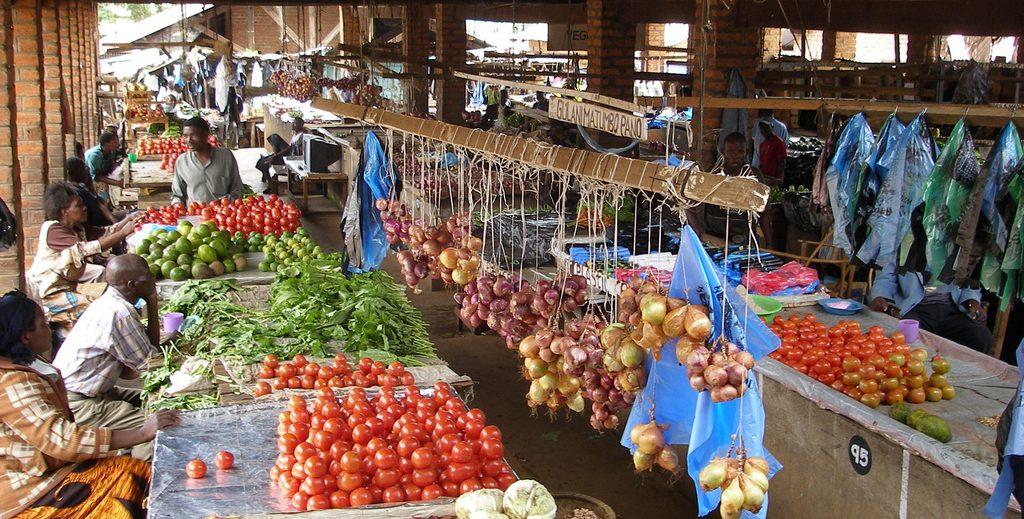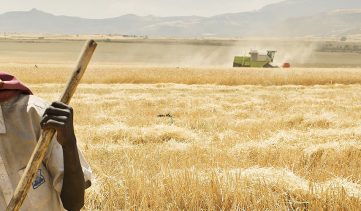
Diverse diets are important for good nutrition. In Malawi, where maize makes up over half of typical diets, improving dietary diversity may help accelerate improvements in nutritional outcomes. Improving nutrition in the country is key, as 37 percent of children are stunted and 47 percent are deficient in Vitamin A.
Agriculture produces the food we eat, but can it improve dietary diversity, especially for subsistence farmers? A recent study by Stafan Koppmair, Menale Kassie, and Matin Qaim finds that, while producing diverse crops improves dietary diversity for Malawian smallholders, improving access to markets, inputs, and technologies may be even more promising.
Subsistence-oriented farming households, like many found in rural Malawi, consume a significant portion of what they produce on-farm. When smallholders produce more diverse food groups—cereals, legumes, roots and tubers, fruits and vegetables, and cash crops—those households tend to have more diverse diets. Yet markets play an even bigger role for dietary diversity. Farmers with market access can sell their produce to buy foods they cannot produce themselves, or that they can produce but not in that season. Indeed, issues of seasonality are particularly important for fruits and vegetables.
The study also found that the adoption of modern agricultural technologies is positively linked to dietary diversity. Accessing markets plays a key role in adopting modern technologies. A report by Bart Minten, Thomas Reardon, and Kevin Chen discuss how in Ethiopia, farmers located closer to the large market of Addis Ababa have adopted modern inputs and improved seeds more frequently. Taken together, these studies suggest that better market access could lead to crop productivity and nutritional gains for farming households.
How can Malawi’s smallholders best be supported? As discussed in the 2017 Global Food Policy Report, strengthening rural-urban linkages can help increase smallholder farmers’ access to markets to both sell their produce and buy modern inputs. Investment in rural infrastructure and intermediate towns—quality rural and feeder roads, electricity, storage facilities, communications and information—can build connections and create hubs of economic activity benefiting smallholders and cities. For smallholder agriculture to best contribute to improved nutrition in Malawi and beyond, markets will play a key role.
This post was authored by Chris Rue.


